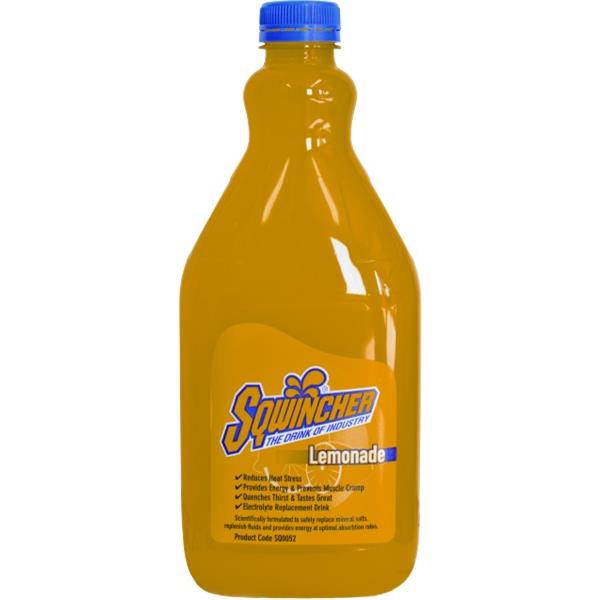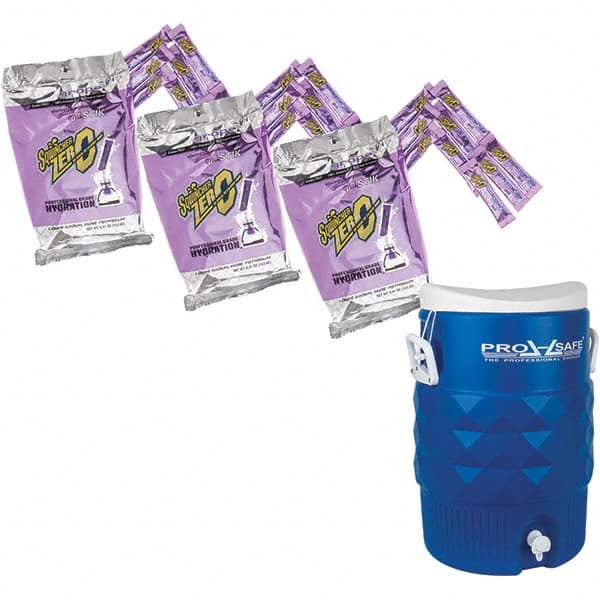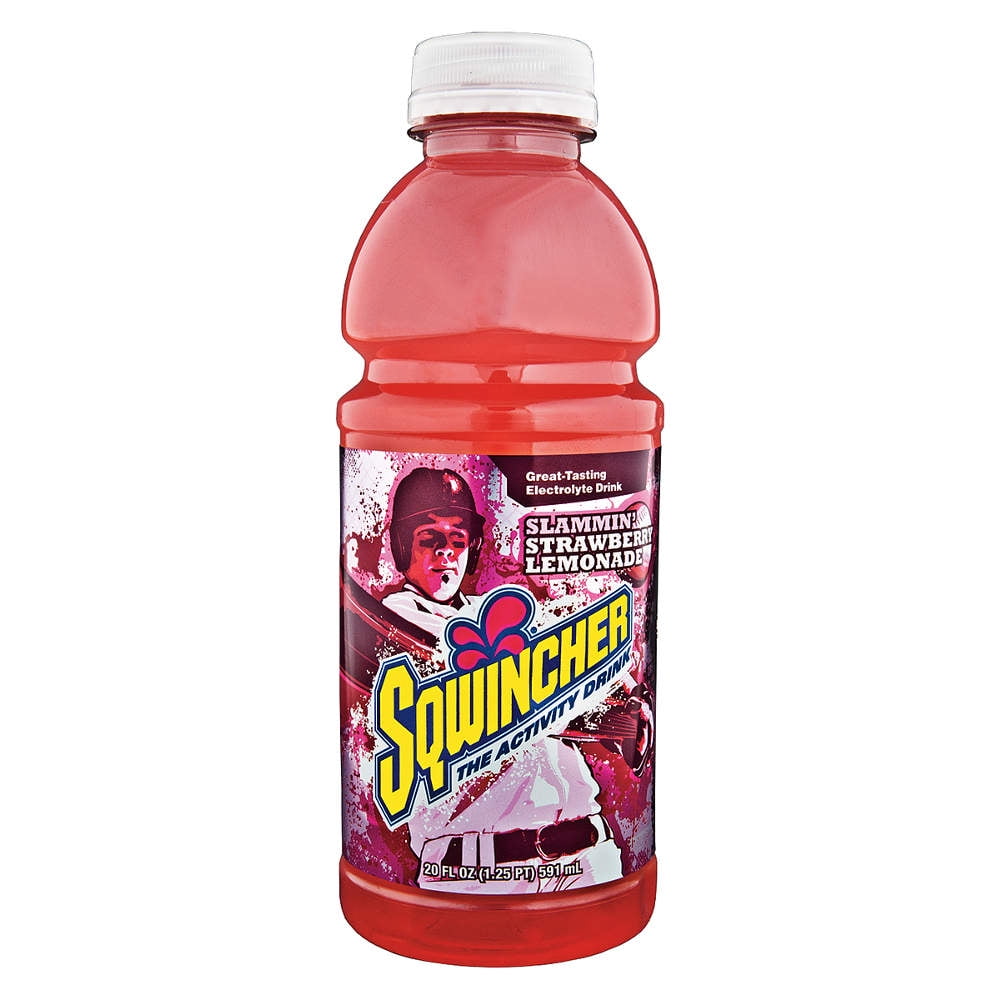

Careful estimates indicate that each year about 350 million people are infected by waterborne pathogens, with 10 to 20 million succumbing to severe cases of infection ( 45). Outbreaks of waterborne infectious diseases via the use of contaminated drinking water still pose a serious health threat worldwide, despite the fact that drinking water is one of the most closely monitored and strictly regulated resources. Detailed analysis of the community dynamics of the whole DWSS revealed a significant influence of both source waters on the overall composition of the drinking water microflora and demonstrated the relevance of the raw water microflora for the drinking water microflora provided to the end user.

Chlorination of the drinking water seemed to promote growth of nitrifying bacteria. Significant differences in the detection of the major groups were observed between DNA-based and RNA-based fingerprints irrespective of the reservoir. On the other hand, major taxonomic groups, well known to occur in freshwater, such as Alphaproteobacteria, Betaproteobacteria, and Bacteroidetes, were found in both reservoirs. The taxonomic compositions of the bacterial communities from both reservoirs were very different at the species level due to their different limnologies. Community composition was assessed by sequencing of abundant bands and phylogenetic analysis of the sequences obtained. Furthermore, the community structure of the tap water did not change substantially for several months. After chlorination, the bacterial community remained rather constant from the storage containers to the tap. This effect was less pronounced for the DNA-based fingerprints. Chlorination of the processed raw water strongly affected bacterial community structure, as reflected by the RNA-based fingerprints.

The bacterial community structures of the raw water samples from the two reservoirs were very different, but no major changes of these structures occurred after flocculation and sand filtration. The 16S rRNA or its genes were partially amplified by reverse transcription-PCR or PCR and analyzed by single-strand conformation polymorphism community fingerprints. RNA and DNA were extracted from the sampled water. Samples were taken after different steps of treatment of raw water (i.e., flocculation, sand filtration, and chlorination) and at different points along the supply system to the tap. Raw water for this DWSS is provided by two reservoirs with different water characteristics in the Harz mountains of Northern Germany. Bacterial community dynamics of a whole drinking water supply system (DWSS) were studied from source to tap.


 0 kommentar(er)
0 kommentar(er)
